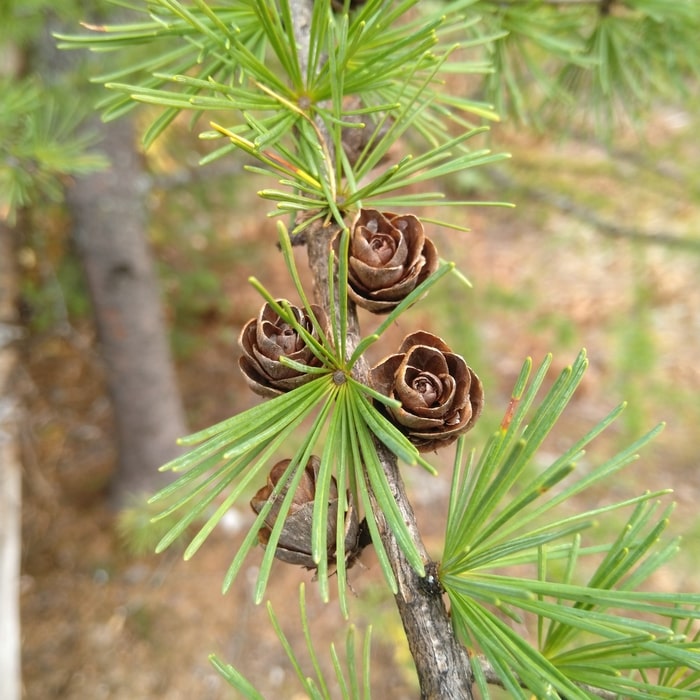
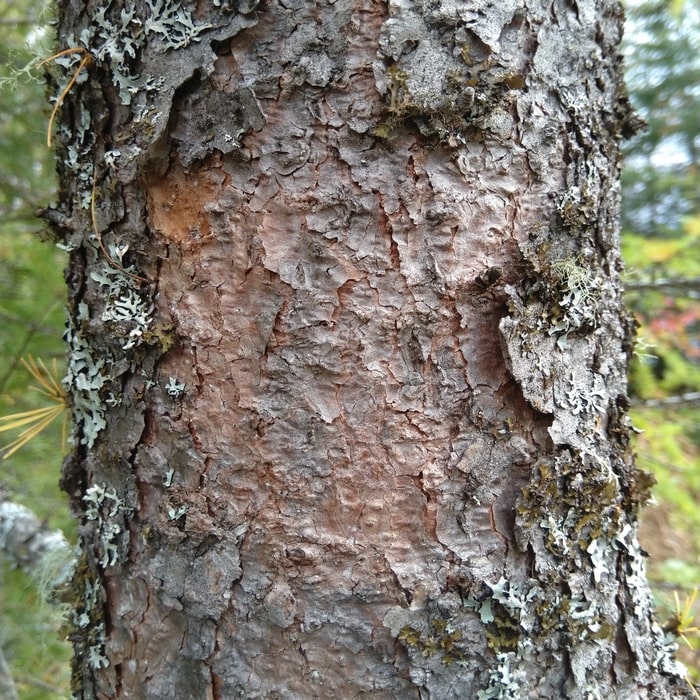
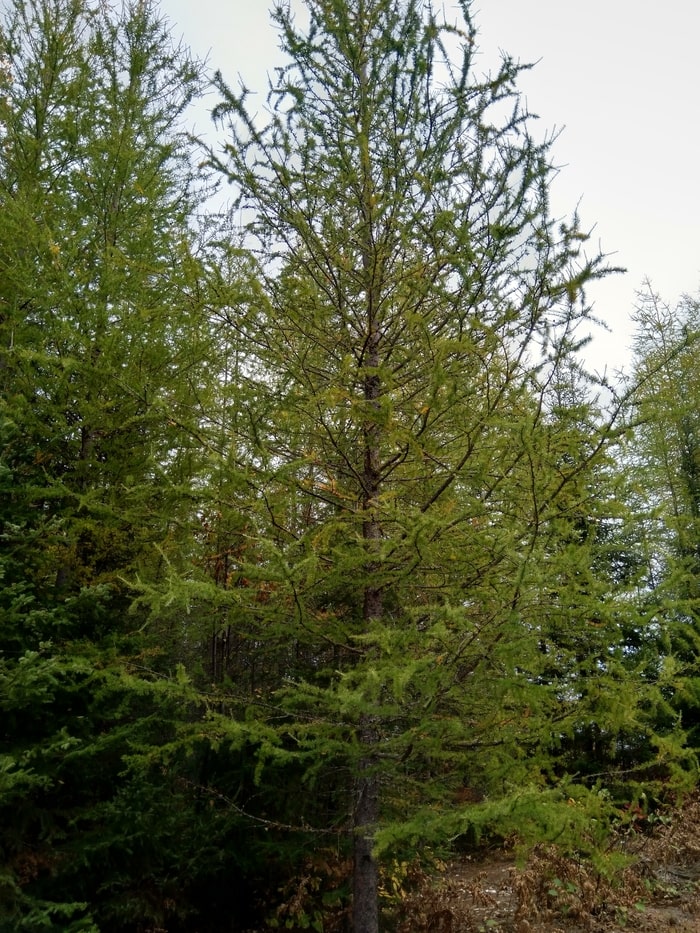
This guide is meant to teach you how to propagate Tamarack Larch (Larix laricina) and hopefully make it easier for you to sell them at your own nursery.

Hardiness Zone: 2 – 7

Soil Type: Prefers wet, acidic sandy, peaty soils.

Water: High. Prefers Wet Environments

Exposure: Full Sun to Partial Shade
Tamarack Larch (Larix laricina) is a coniferous tree hardy up to hardiness zone 2. It’s recognizable by its soft needles that turn yellow during in Fall. Larch is a dominant tree species, especially in the Siberian boreal forest, often found growing near lakes.
Larch leaves are linear-aciculate shaped with an alternate leaf arrangement on the stem. Their margins are entire (smooth) and they grow on the stems in a fascicle structure.
They’re the only coniferous tree that loses their needles during winter.
They are valuable trees and are often used along with black spruce to reforest boggy areas in the boreal forest.
Commercial value
While a larch tree produces soft wood, it’s renowned for its durability. Its lumber works well in exterior structures and cladding as its resin content naturally protects it from decay.
Furthermore, there is also value in harvesting seeds, and growing seedlings to sell to nurseries and individuals.
Note: In my experience as a tree planter, private companies often use larch to plant creek sides and areas prone to flooding.
Wildlife Value
While Tamarack larch isn’t a main source of food for mammals, it’s a beneficial tree for insects and birds.
For example, tamarack larch is a larval host for the Columbia Silkmoth.
Among other species that use tamarack larch as a host, there is the Eye-spotted Bud Moth, the Poecila Sphinx, the Northern Pine Sphinx, the Apple Sphinx, and Pine Measuringworm Moth.
Insects that infest larch trees in large quantities will attract all sorts of birds like warblers, yellowthroats, and sparrows.
Larch needles and buds are eaten by spruce grouse and ruffed grouse.
Best Way to Propagate Tamarack Larch
How to Propagate by Seed
One sure way to propagate larch is by planting its seeds. Larch seeds are hidden inside their cones, which can be released under certain conditions.
How to Harvest Larch Seeds
If you have larch tree stands near you, all you need to do is harvest the cones and place them in a paper bag at room temperature. They will dry and naturally open, releasing the seeds into the bag.
Alternatively, you can order larix laricina seeds online here at Mount Roal Seeds.
Larch Seed Germination
If you want high success germinating your seeds, you’ll need to put them through stratification. Here’s how to do it:
- Put the seeds in a plastic bag and place into your freezer for 90 days.
- Then let them thaw, and place them in room temp water for a few days.
- Take them out of water and put them into your refrigerator for 60 days (do not refreeze).
- Next plant in a 3″ deep planter under very light soil cover (1/2 to 1″ deep). Keep an even moisture throughout growth cycle (don’t allow to completely dry).
- Finally when they’re ready to transplant, 6-12 inch deep pots filled with 50/50 peat moss/sand is perfect.
Can You Germinate Larch Seeds without Stratification?
You can actually, but the success rate might not be so high. The best you can do is to go for both techniques. Try to sow some half immediately and place the other half in the freezer.
This way if your first batch isn’t successful, you know the one going through stratification will be.
How to Propagate Larch by Cuttings
Another great way to propagate larch trees is by taking cuttings. There are two different times of the season to take them, softwood cutting season and hardwood cutting season.
Very important: Take your cuttings only from young, healthy plants. Older trees lose their ability to regenerate over the years.
When you take hardwood cuttings from a larch tree, you want to cut them after the first few hard frosts in fall or early spring when birches and maples begin to well. Alternatively, larch cuttings during winter, while the tree is dormant, is also fine.
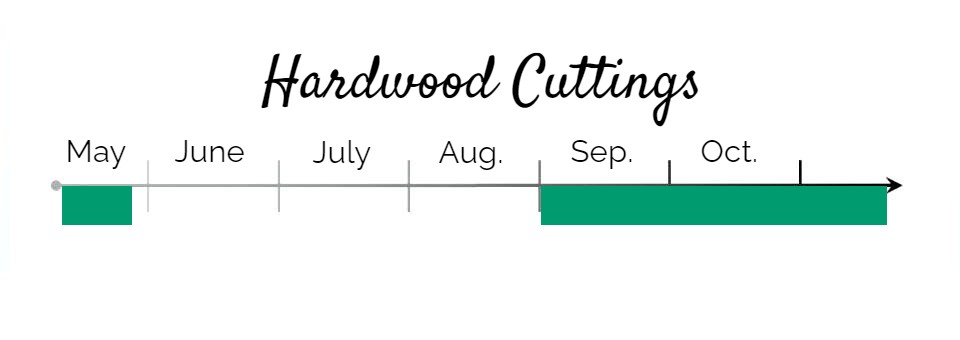
- First, take some hardwood cuttings off the main stem, really short at about 2-4 inches ea.
- Make sure the width of the cutting is not too thin, 1/4 inch width is fine, then cut or tear them with a heel*.
- Wound the base of the cuttings with a vertial line on opposite sides, about 1 inch long.
- Dip in rooting hormones and then plant into your sandy propagation beds.
- Keep watering the rooting medium, sand shouldn’t be too wet but it should stay moist.
- Roots are slow and can take longer than 8 weeks to grow.
- For winter, no need to cover, the snow isolates very well.
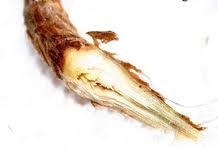

First, when you take softwood cuttings for larch, you wanna cut them about mid-summer when the tree is actively growing.
Simply said, the process is the same as the hardwood cuttings, except you need to keep in mind they are faster growing but more sensitive.
Because of their tenderness, softwood cuttings die much faster than hardwood cuttings. Moistures levels are much more important to keep in check when you root cuttings at this stage.
- Take your larch softwood cuttings at 2 inches each with a heel if possible.
- Wound them with a vertical line at the base.
- Water the tips, pat them dry then dip them in rooting hormone.
- Poke holes in your rooting medium
- Plant them, carefully not to remove the rooting hormones.
- Moisturize your rooting medium regularly.
Recommended rooting medium: Peat moss or sand with perlite mix.
All in all, larch softwood cuttings are slow to root and generally take 6-8 weeks.
Let’s go propagate larch!
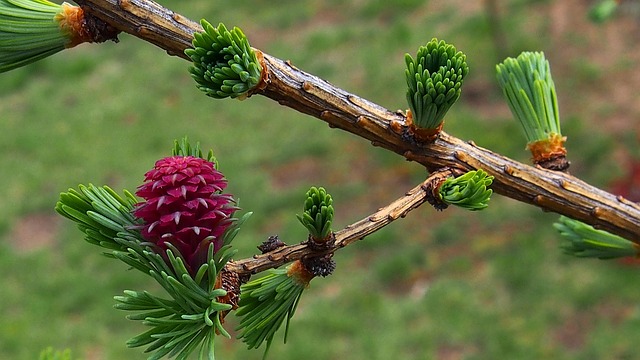
Got any questions or tricks to add? Don’t be shy to comment below and spark up a conversation!

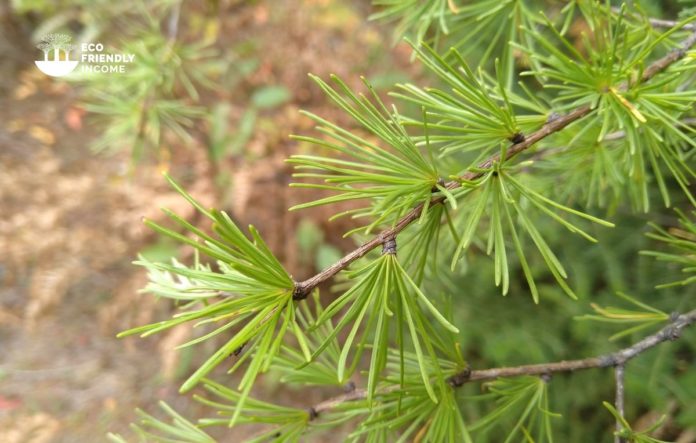
Hi Pascal,
If I collect larch cones now in April…., Can I consider that the cones have been through the first part of the Stratification process (90 days in the freezer)? I live in Alberta. Can I collect them now and go straight to step 2 ?
Thank you
Brenda
Hi Brenda
Yes, that’s the best-case scenario! That way they went through natural stratification! Did you manage to get seeds from the cones? If they were already open, seeds that remained might have lost viability. I’ve had better luck with cones that were still closed.
What you can do is collect cones now, let them dry and open up, then sow half of what you get immediately and put the other half in the fridge for 60 days in moistened sand. It can be tricky to germinate but this way you have half the batch going through some more stratification in case it needs it.
Ok cool I will go in search of some cones! I was just having a look at a few of the larches in my neighborhood and noticed they are just starting to develop a few tiny green bud/ brushes. Is it thus too late for hardwood cuttings? and too early for softwood cuttings at this point?
thank you
Brenda
At this point for best success wait for them to develop a bit and take cuttings from this year’s growth in June/July. Doesn’t hurt to try hardwood cuttings now though! Propagation Medium: 60/30/10 Sand/Peat Moss/Perlite
What do the cone look like before you put them in the freezer? I just picked them from a tree today 10.27.22. Is this to late?
Good evening Pat, the cones should be shut, and still looking alive. Personally, I’ve tried to gather larch cones this time of year, but I wasn’t able to find any that were still closed. You might be able to shake some of the opened cones up to get some seeds that were still stuck inside (The seeds are held inside the cracks, and each has a little wing). In that case, follow the stratification process for those seeds.
Pascal, what is the best time of year to transplant a small larch tree in north Idaho? It is late Oct. here
Good Afternoon Jim, I would wait to transplant larch until all its needles have fallen off for the winter dormancy. As long as it’s dormant, it should transplant well.